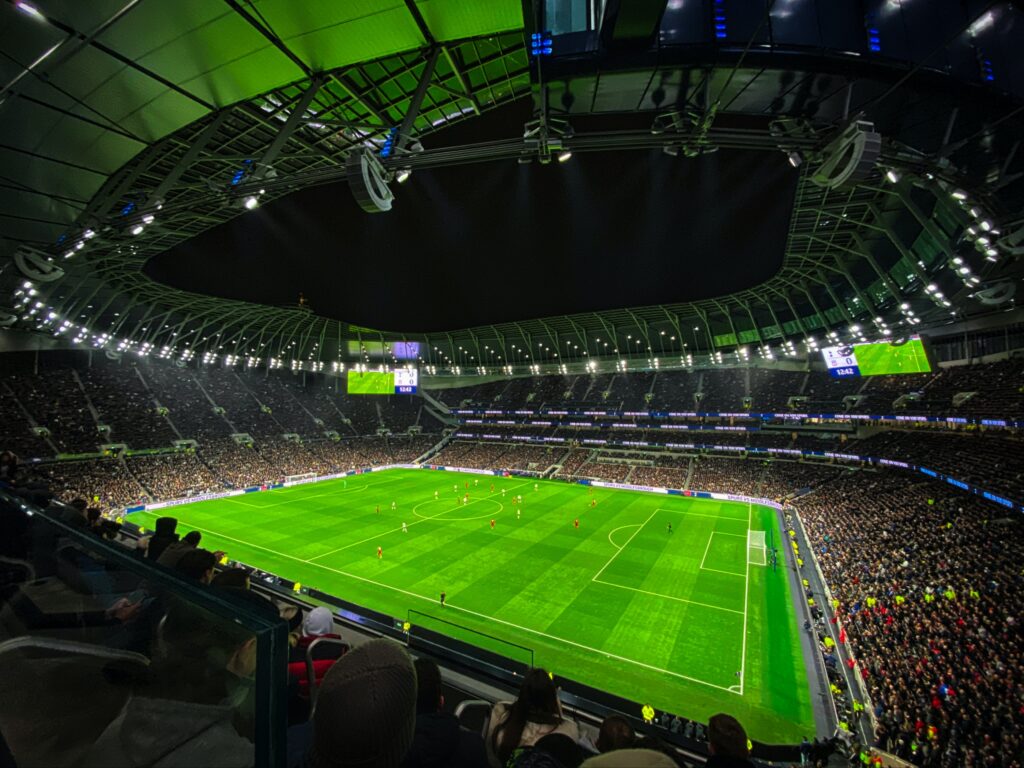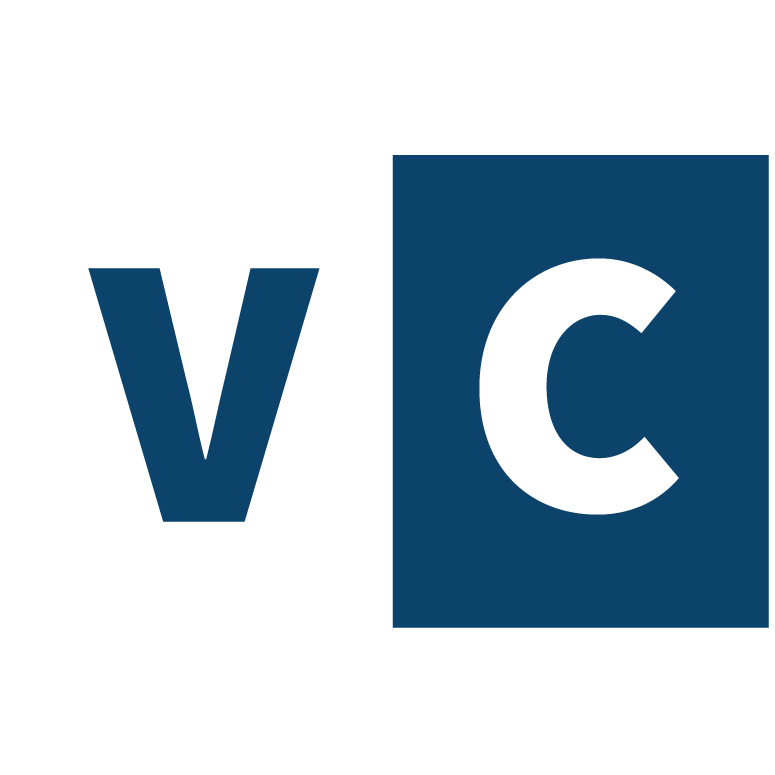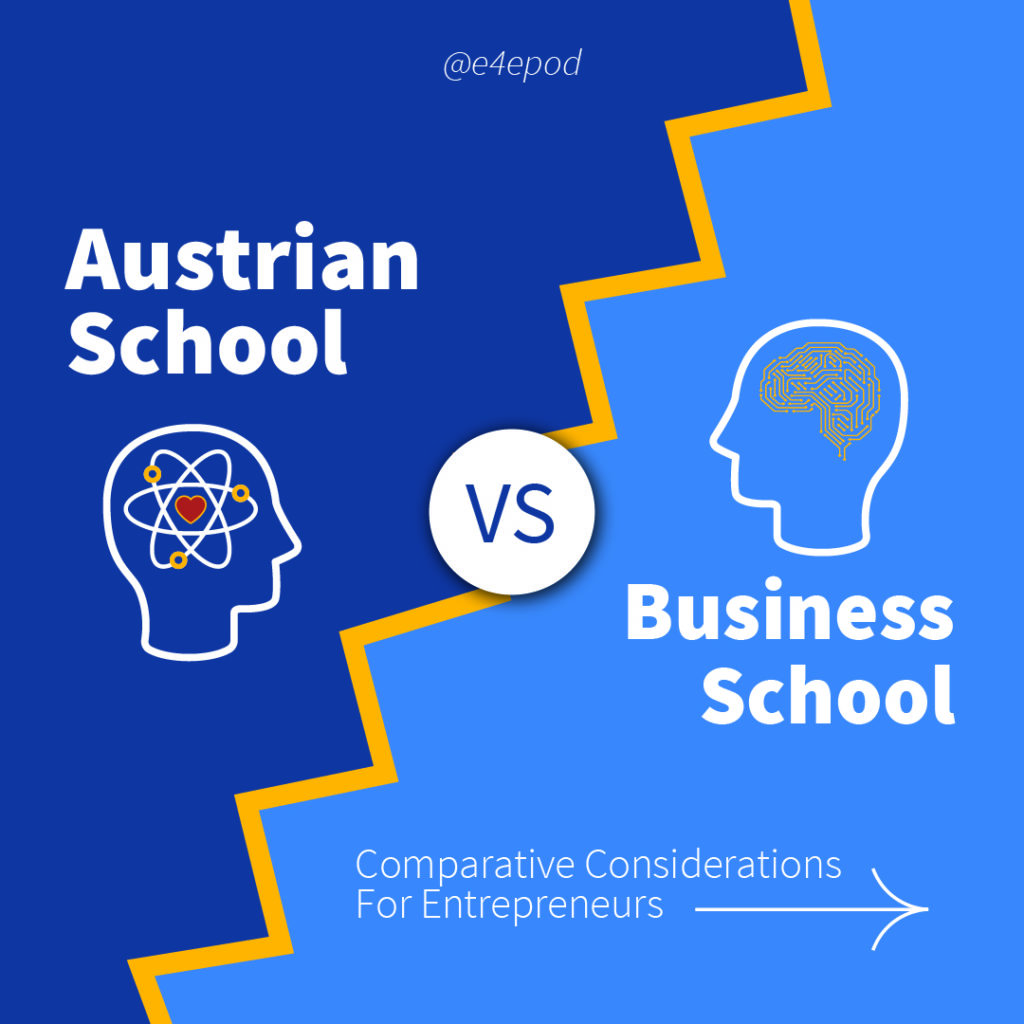The Premier League Embraces Austrian Capital Theory.

The economics of sports is particularly interesting at the moment. We see sports franchises being bought and sold at what might seem like high prices – Chelsea FC for $5.4 billion, the Washington Commanders for $6 billion, and the Phoenix Suns for $4 billion. Sports franchises have high value.
At the same time, the operators of the sports franchises seem to have little concern for the P&L side of their businesses. If we think about player salaries as a cost, sports teams seem to compete on how much cost they can rack up. Cristiano Ronaldo’s salary at Al Nassr (a team in the Saudi Professional League) is reported to be $75 million, and Kylian Mbappe at Paris St. Germain earns $100 million in annual salary. Lionel Messi’s contract with Inter Miami is reported to be $150 million from salary and signing bonus, plus he receives equity in the team and has a revenue sharing agreement with sponsors Adidas and Apple.
There are many variables in play here. It is easiest to think about the economics of these sports franchises in two parts: cash flow and asset value.
Sports franchise owners are contemplating cash flows for future years. Their sources of cash flow include ticket sales for games, merchandise and likeness sales, and video revenues, both broadcast TV and streaming. How do they maximize those cash flows? One is by contracting the best and most well-loved players that people want to watch. They want to watch them play against other similar players in competitive games with a lot on the line – whether that is the English Premier League, currently the most popular global soccer property, or Ligue 1 in France or MLS in North America (an up-and-comer). And they want them to play is as many of those games as possible, including the Champions League and the World Cup, the Euros and the African Nations Cup, and the Concacaf Gold Cup, not to mention the marketing-fueled pre-season international tours taken on by many club teams.
So players’ contracts are not really costs. They’re assets that generate future cash flows. The more cash flow that is generated, and projected for longer periods of time, the greater the value of the asset. Younger players on the path to superstardom might facilitate more value than 35-year-old Lionel Messi or 38-year-old Cristiano Ronaldo.
Austrian Capital Theory (ACT) is the financial tool that makes the best sense of these equations, even though they might seem, on the surface, not to add up when viewed through the lens of annual profit-and-loss calculations. ACT is the understanding that capital is a value – a subjective value, that depends entirely on entrepreneurial assessment rather than some hard-asset mathematical formula. Capital value is optimized with an assembly of components – player skills, team fan bases, broadcast contracts, institutions like FIFA and Concacaf and the Saudi Professional League, and the skills of executives who create the contracts that bind it all together.
Capital value includes the entrepreneur’s expectation of future cash flows that will result from viewers watching Lionel Messi playing for Inter Miami, including on Apple TV’s streaming service (Apple currently holds exclusive, worldwide rights for every MLS game), buying Lionel Messi merchandise, and from a relatively few in-person ticket holders. Will MLS become an in-demand global entertainment property? Will Lionel Messi generate the same following when playing for Inter Miami that he did when playing with Barcelona FC and PSG?
Not only is capital value subjective, it’s also speculative and time-bound. My hometown soccer team, Newcastle United, was 80% acquired by PIF, the sovereign investment fund of Saudi Arabia, in 2021. The reported purchase price was around 300 million UK pounds. The asset was bundled into a portfolio that includes investments in Lucid Motors, Uber, Blackstone, Softbank, and the Russian Direct Investment Fund. Just like their other investments, PIF can anticipate future returns through capital asset growth. What will be the capital value of the NUFC franchise in 10 years time? What if the club wins the Premier League and achieves the same asset value as Manchester City FC (majority owned by Abu Dhabi United Group)? What if the club wins the Champions League and achieves the same value as Real Madrid? A 20X valuation is not out of the question. These kinds of increases in capital value dwarf any concerns about the short-term P&L. The objective is not to make an accounting profit. It’s to add to capital asset value at a rate that exceeds the cost of capital.
Economic Value Added (EVA) is one of the financial sector’s tools for calculating the current value of future cash flows and their addition to capital value. Consultancy Stern Stewart introduced an analysis of EVA for another type of intangible asset – brands. They called it BAV – brand asset valuator. The drivers of BAV were differentiation, relevance, esteem, and knowledge.
Differentiation captures the perceived distinctiveness of the brand. Sports franchise owners seek to build differentiation through local tradition, competitiveness, and symbolism – and of course, the players on the roster are, by definition, unique. No other team has them.
Relevance captures the perceived value of the brand – how important is it to a consumer to spend time watching and talking about their favorite sports team. As Bill Shankly, the former coach of Liverpool FC is reported to have observed: Some people say soccer is life-and-death – but it’s much more important than that.
Esteem captures the extent to which the brand commands the respect and regard of consumers. If a franchise has the best and most expensive players on its roster, its esteem escalates.
Knowledge captures the depth and breadth of consumers’ understanding and experience of the brand. So the more people worldwide are exposed to the play of Lionel Messi, and the more they learn about him personally – the more he appears on the celebrity pages as well as the sports pages – the greater the brand value.
Who knew that Austrian Capital Theory is behind all the economic activity in sports?







Responses